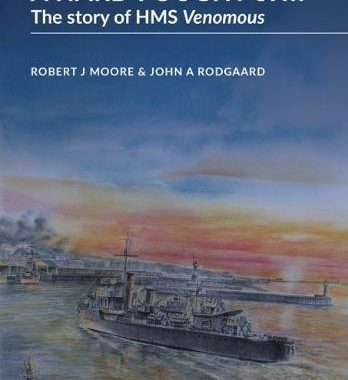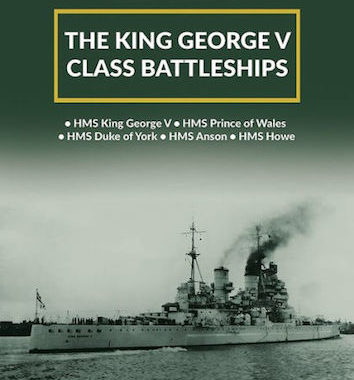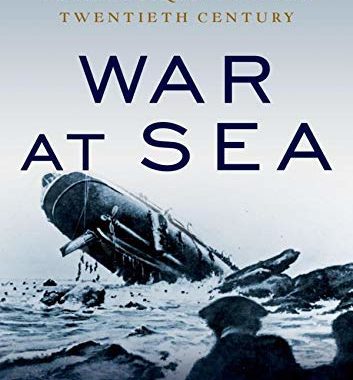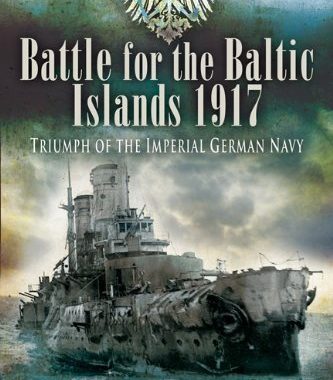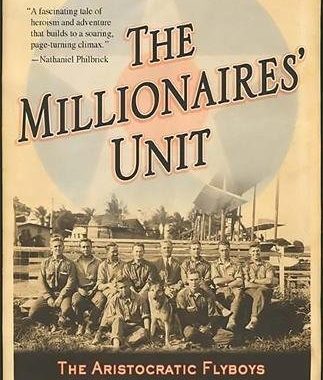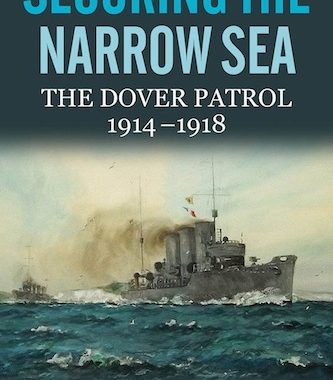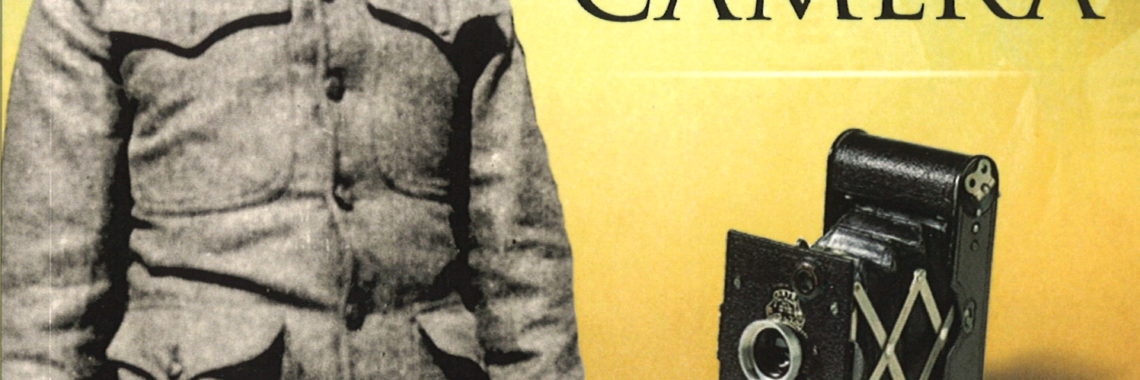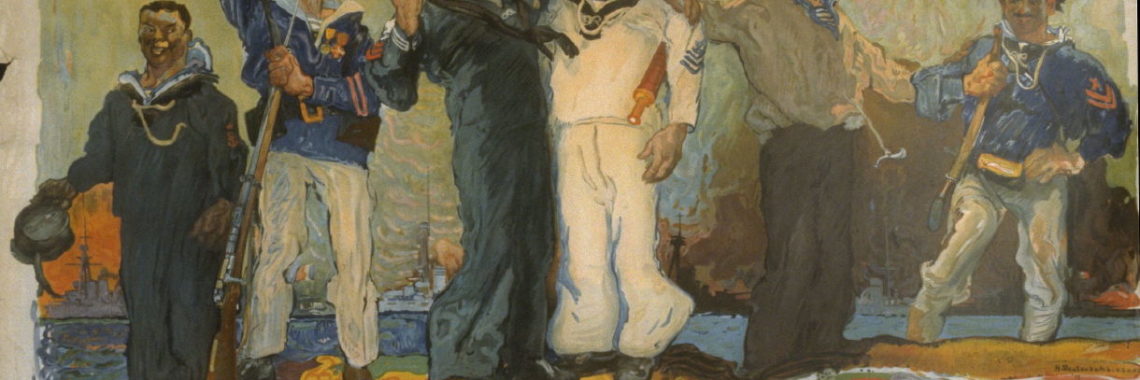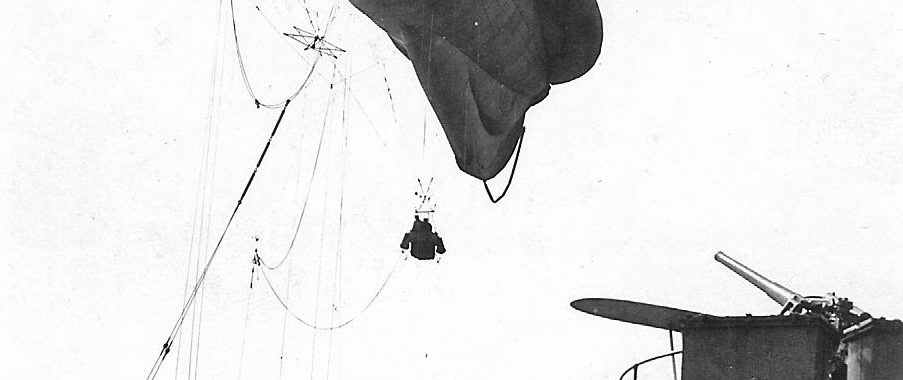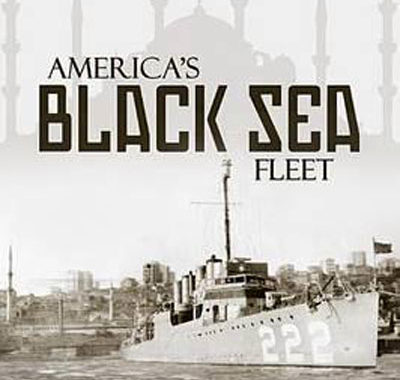A Hard Fought Ship
If the employment of destroyers during peace time and war time is of interest to you, this is a must-read book. The authors have crafted one of the finest ship histories this reviewer has encountered. HMS Venomous was one of the 67 V and W class destroyers built by the Royal Navy during the last

